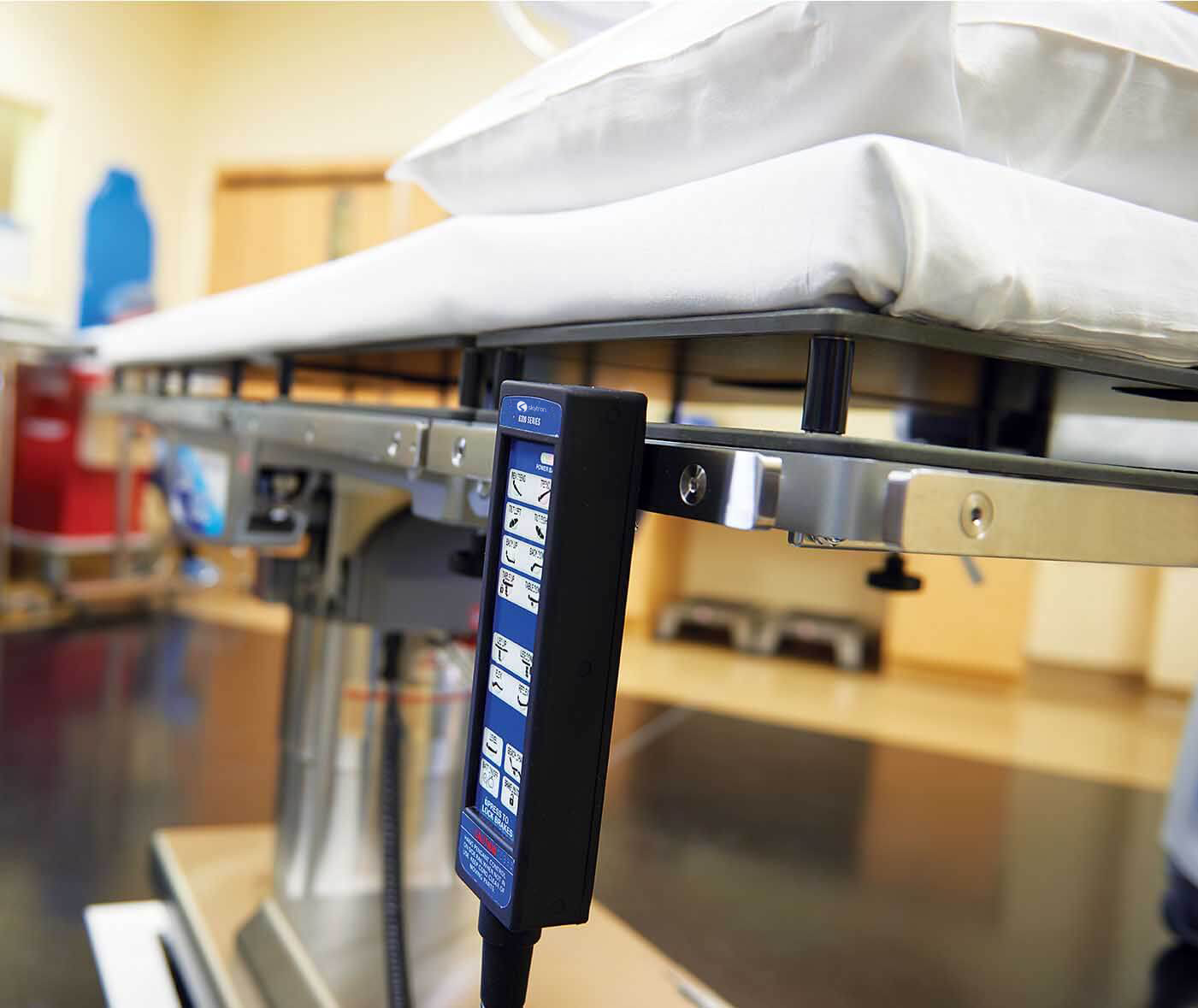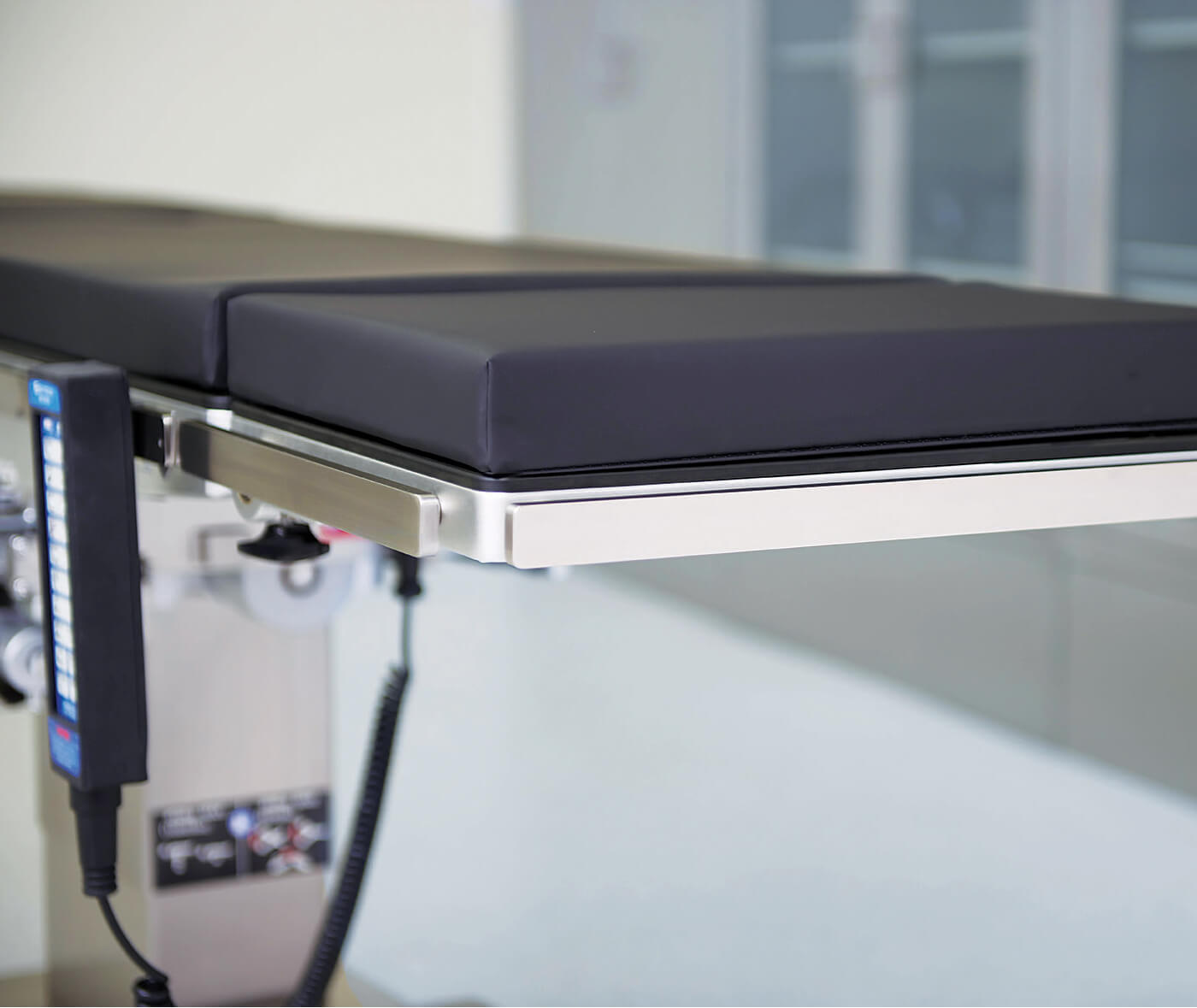
-
Written ByRebecca Kinney
-
PublishedApril 4, 2023
Designing a hybrid OR is a complex process that requires the involvement of various key players, including clinical and non-clinical professionals.

The Hybrid Operating Room
A hybrid operating room (OR) is a combination of surgical equipment with a fixed-imaging system and imaging-compatible surgical table, lights, and surgical booms to accommodate open, minimally invasive, and interventional procedures. Designing a hybrid OR is a complex process that requires the involvement of various key players, including clinical and non-clinical professionals. The planning process involves defining what the hospital means by “hybrid” and answering critical questions such as the hospital’s goal, budget, and who is driving the function of the space.
In this article, we will explore the key players involved in the planning process, the benefits of a hybrid OR for patients, healthcare providers, and the healthcare system, and how a hybrid OR is a valuable addition to any hospital seeking to improve patient outcomes and optimize healthcare delivery.
What is a Hybrid OR
Hybrid ORs combine surgical equipment and instrumentation for open procedures with a fixed and dedicated imaging system as well as an imaging-compatible surgical table, lights, and surgical booms to accommodate open, minimally invasive, and interventional procedures.1
Design, Key Players, and Planning Process
The design of a hybrid operating room is a complex process that involves numerous key players from both clinical and non-clinical backgrounds. According to experts, hospital administration, interventional cardiologists, open heart and vascular physicians, neurosurgeons, anesthesia providers, department heads, infection prevention, and staff from the cath lab and OR are critical players in the planning process. Nonclinical participants such as architects, vendors, and engineers are also involved. When all key players are involved efficient and content staff is the result. “Everyone’s working in it, and everyone’s happy because we involved everyone at the beginning,” Mr. Jarotkiewicz says. “You must work together in a multidisciplinary manner.”2
It is essential to define what the hospital means by “hybrid” and answer questions such as what is the hospital’s goal, who is driving the function of the space, what procedures are planned, and what the budget is.
Unlike traditional ORs, hybrid ORs require at least 1,000 square feet of space, with 1,200 square feet being preferable to accommodate imaging equipment and the control room. Hybrid ORs should also be large enough to accommodate two separate clinical teams in case of the possibility of converting to an open procedure.
Designing a hybrid operating room involves a collaborative effort from various professionals to create a functional and safe environment for both patients and healthcare providers.
Benefits
A hybrid operating room offers several benefits for patients, healthcare providers, and the healthcare system. Patients can have both open and minimally invasive procedures done in the same visit, reducing their risk and eliminating the need for multiple visits to the hospital. This can lead to fewer complications, shorter recovery times, and shorter hospital stays.
In a hybrid OR, the surgical, imaging, and anesthesia teams work together in the same room. This allows for quick response times if case complications arise, reducing the need for patient transfers. Studies have shown that patients undergoing surgery in a hybrid OR have fewer complications and shorter hospital stays. A hybrid OR also gives surgeons and medical staff the flexibility to juggle and finish different procedures — from open-heart surgeries to stenting coronary arteries — without moving between floors or discharging patients. “Stent patients would be normally discharged then readmitted, but this gives you the ability to do some things in combination where you couldn’t do those things before,” Mr. Jarotkiewicz says.3
For the healthcare system, a hybrid OR is more cost-effective in the long run. Instead of calling in the surgical team multiple times for one patient, they only need to be called once. While a hybrid OR does involve a significant investment in design and equipment, the long-term cost savings make it a worthwhile investment. Overall, a hybrid OR is a valuable addition to any hospital seeking to improve patient outcomes and optimize healthcare delivery.
A hybrid operating room (OR) is a combination of surgical equipment and high-tech imaging. It’s a complex process to design one of these rooms, and involves multiple key players, from doctors to architects. But the result is pretty awesome. Patients can get both open and minimally invasive procedures done in one go, leading to fewer complications, faster recovery times, and shorter hospital stays. Plus, the surgical, imaging, and anesthesia teams all work together in the same room, so there’s no need for patient transfers. Even though it’s a big investment, a hybrid OR is worth it for any hospital looking to improve patient outcomes and healthcare delivery.
At Skytron we offer innovative technologies for the OR, Hybrid Room, ER, CSSD, ICU, Labor & Delivery departments, exam rooms, and much more. Our product lines work together to give you exactly what you need: efficiency, versatility, reliability, and cost savings.
Citations:
1. OR Manager | Clear Vision Critical to Successful Hybrid OR Development
2. Beebe Healthcare | What Can Patients Expect in the Hybrid Operating Room?
3. Becker’s Hospital Review | 4 Benefits of a Hybrid Operating Room






